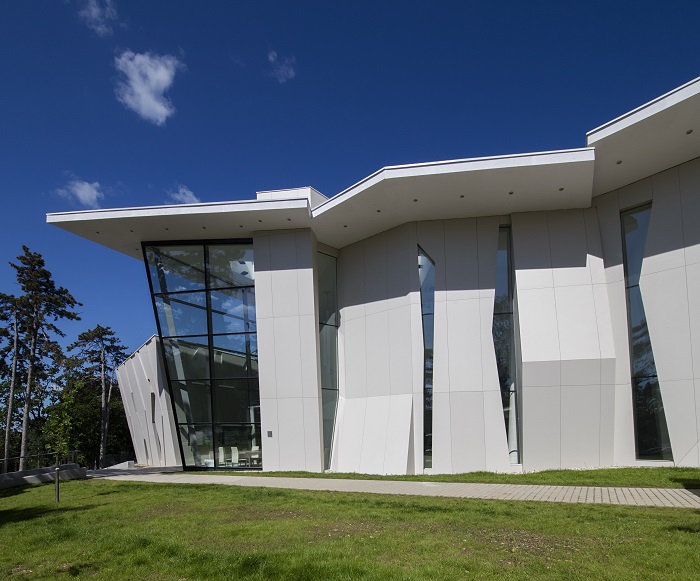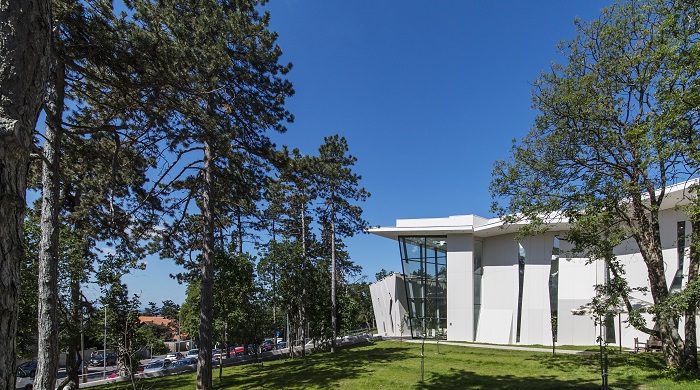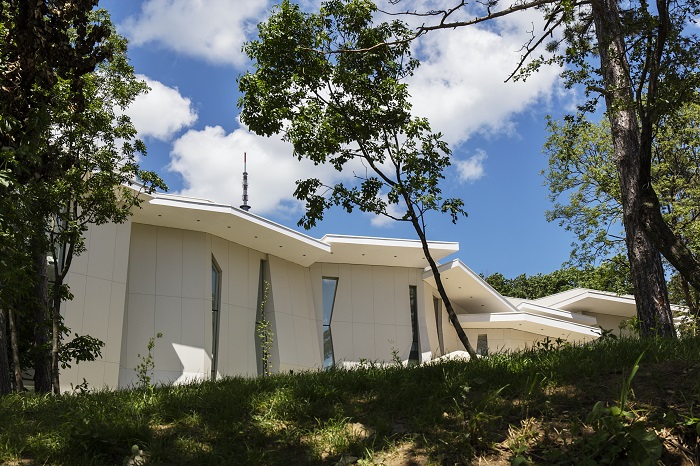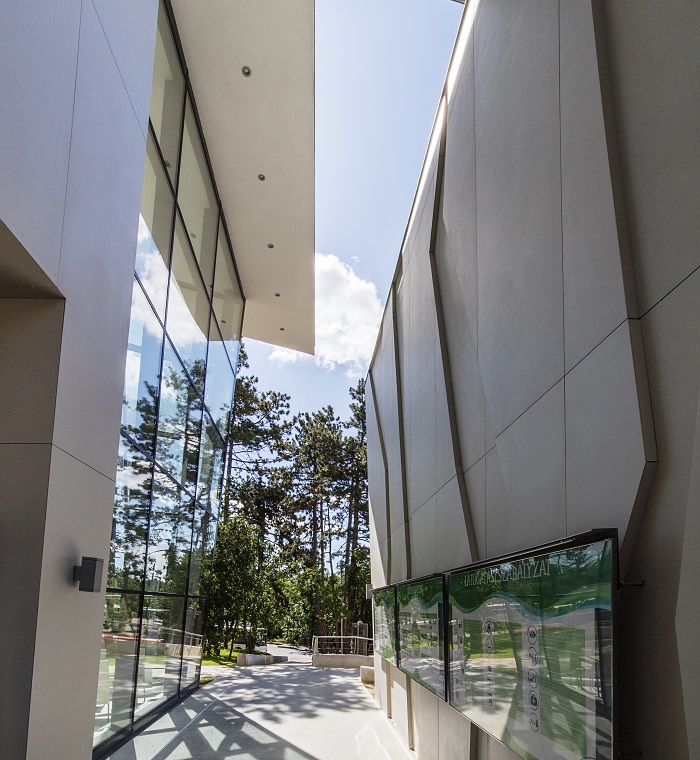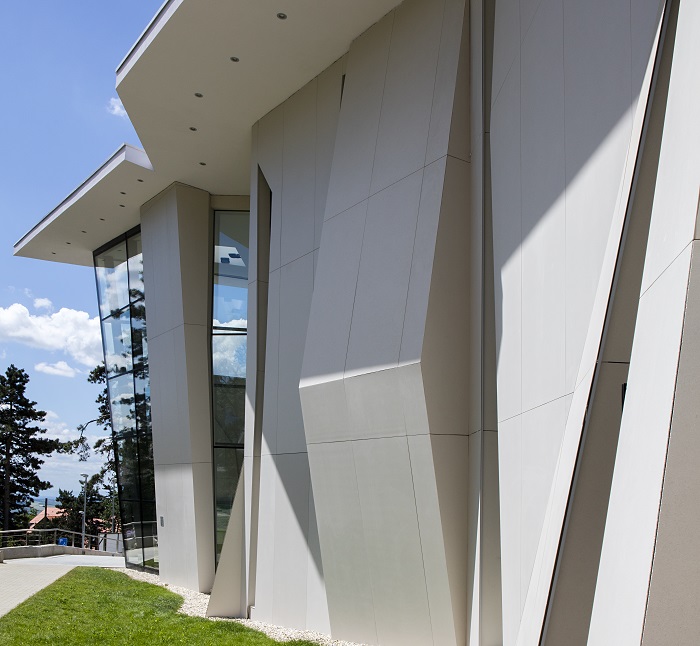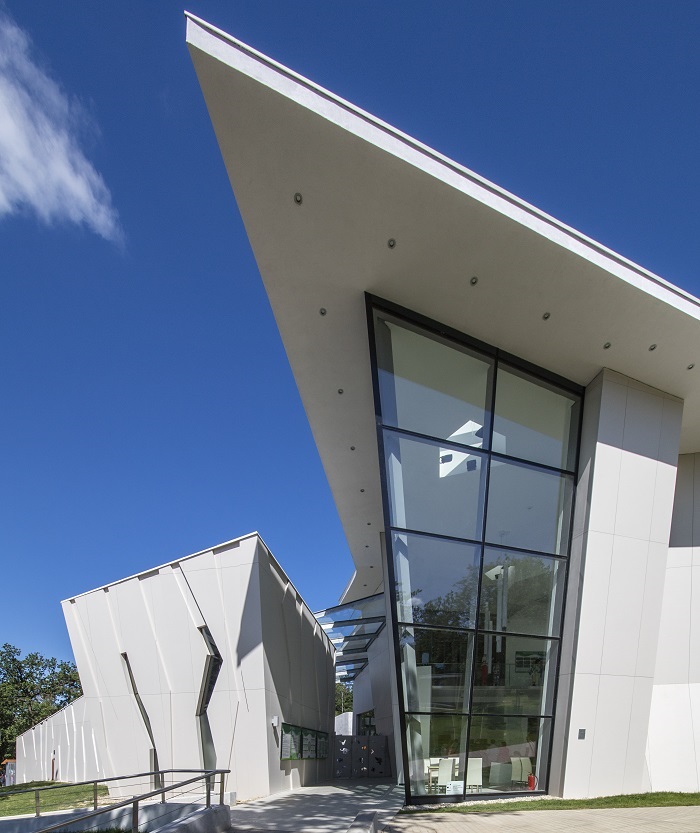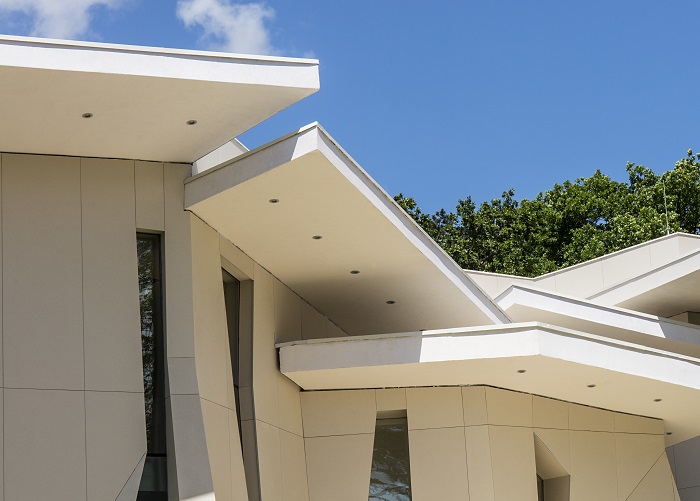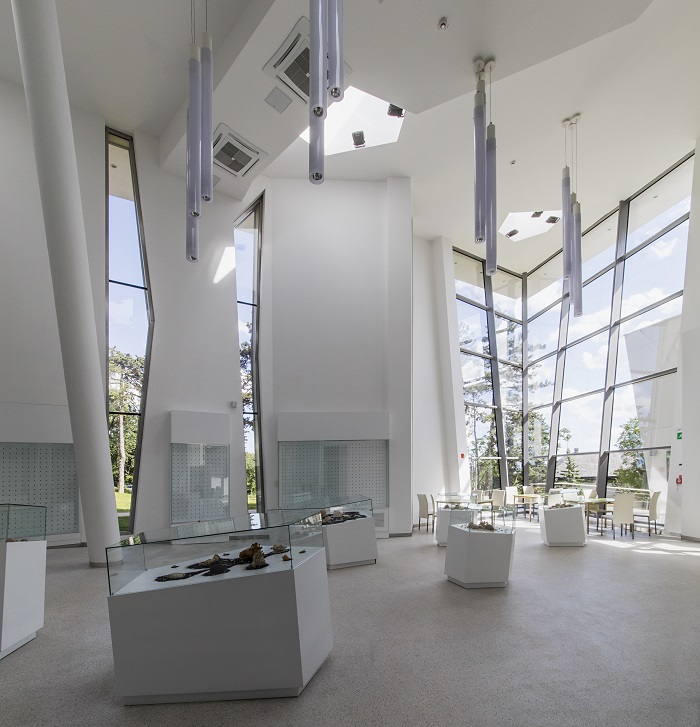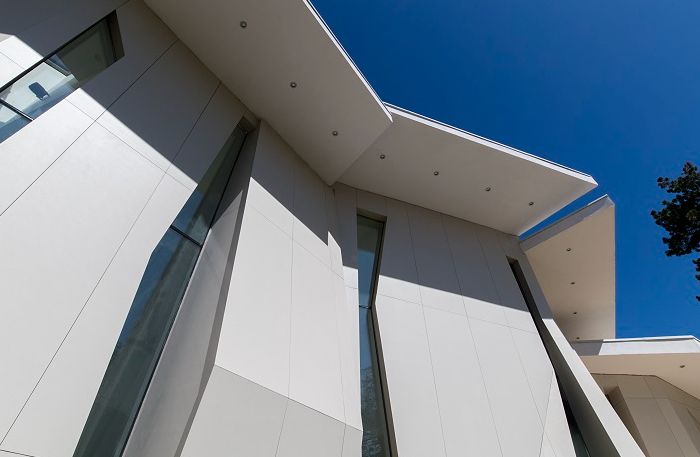Pécs Zoo - Pécs, Hungary, project: Péter Koch, Nara Stúdió
Built in 1960 with the help of university students and Pécs staff, Pécs Zoo is located in the natural setting of the Mecsek hills.
Completely redeveloped and renovated in 2016, it is now home to about 1000 animals of 250 different species and has become one of Hungary’s most important tourist destinations.
The facility includes a new reception centre with a terrarium-aquarium and conference room on the first floor and freshwater and marine fauna aquariums on the ground floor, as well as special reserves for seals.
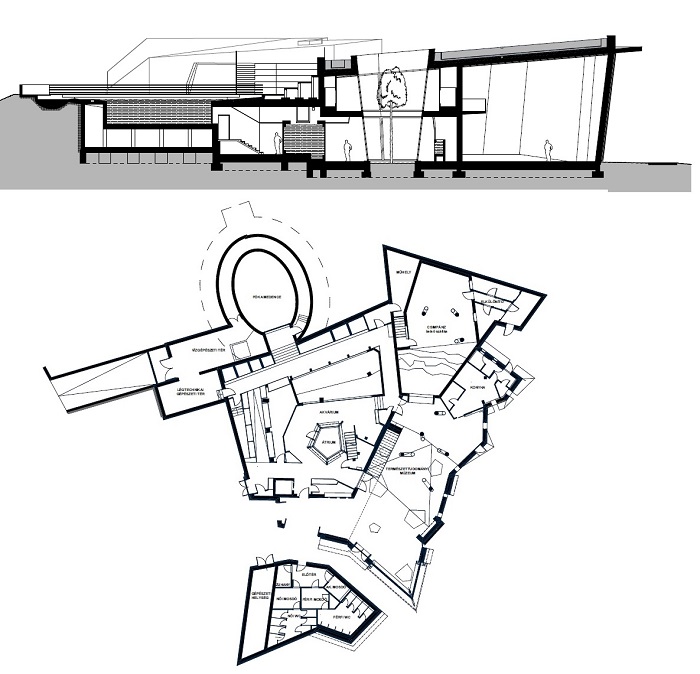
The zoo also includes a park full of flora and fauna from the surrounding Mecsek mountains and a number of new theme sections, such as a zoo for pets, a pool for seals, a zone for crocodiles and areas for big cats, hippopotami, predators, apes and chimpanzees.
Nara Stúdió, a Hungarian firm set up by Koch Péter, was in charge of the reconstruction of Pècs Zoo designed in a very cutting-edge architectural style that really brings out the building’s aesthetic-structural and sculptural qualities and the shininess of the ceramics used, thanks to the construction’s structural dynamics and the minimalist design of the interiors.
The decision to use laminated porcelain stoneware in large size Kerlite3plus by Cotto d’Este allowed the architectural designers to focus on the interplay of surfaces through an elaborate web of solids and glazed sections.
The 100 x 300 cm luminous Corail Blanc Kerlite3plus tiles from the Buxy collection, measuring 3.5 mm in thickness, were used to cover the outside walls of the main building with their fragmented edges and various other parts of the zoo, all arranged in a geometric pattern to create a striking faceted effect.
Kerlite3plus is reinforced with fibreglass mesh, a versatile, hard wearing and light material opening up new design prospects in the world of architecture and living.
A product of the highest calibre with a truly striking surface appearance manufactured using an innovative production process drawing on quality materials and Cotto d’Este’ experience (over a decade) working with thin/slender materials.

